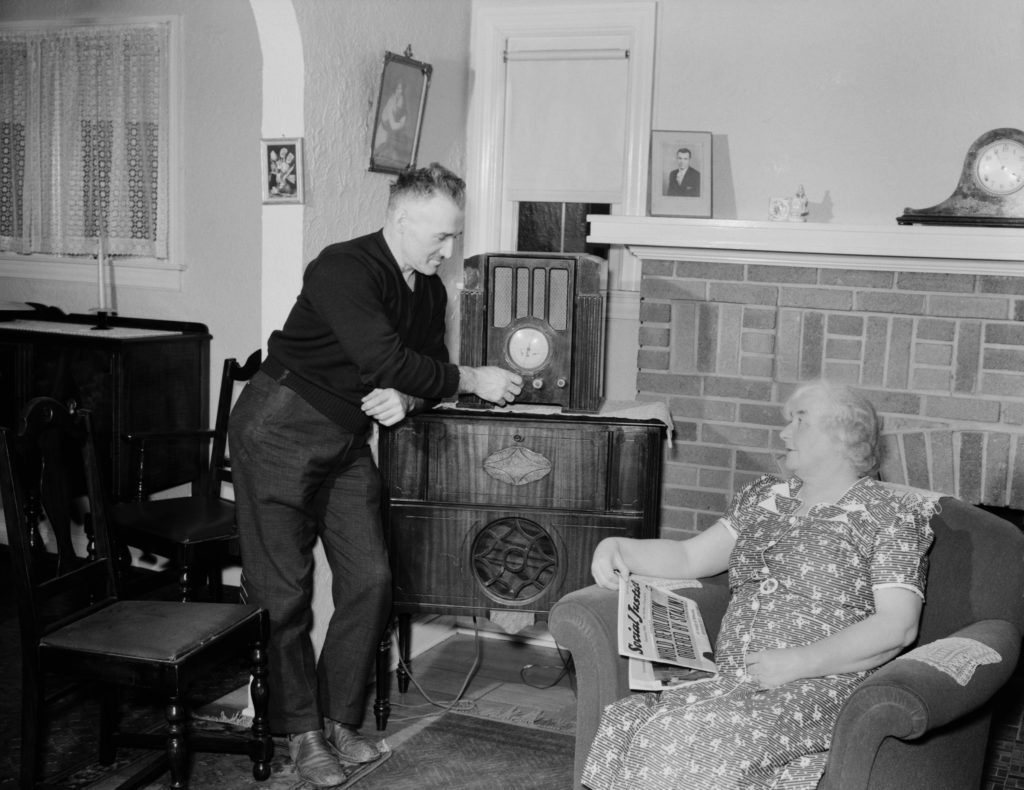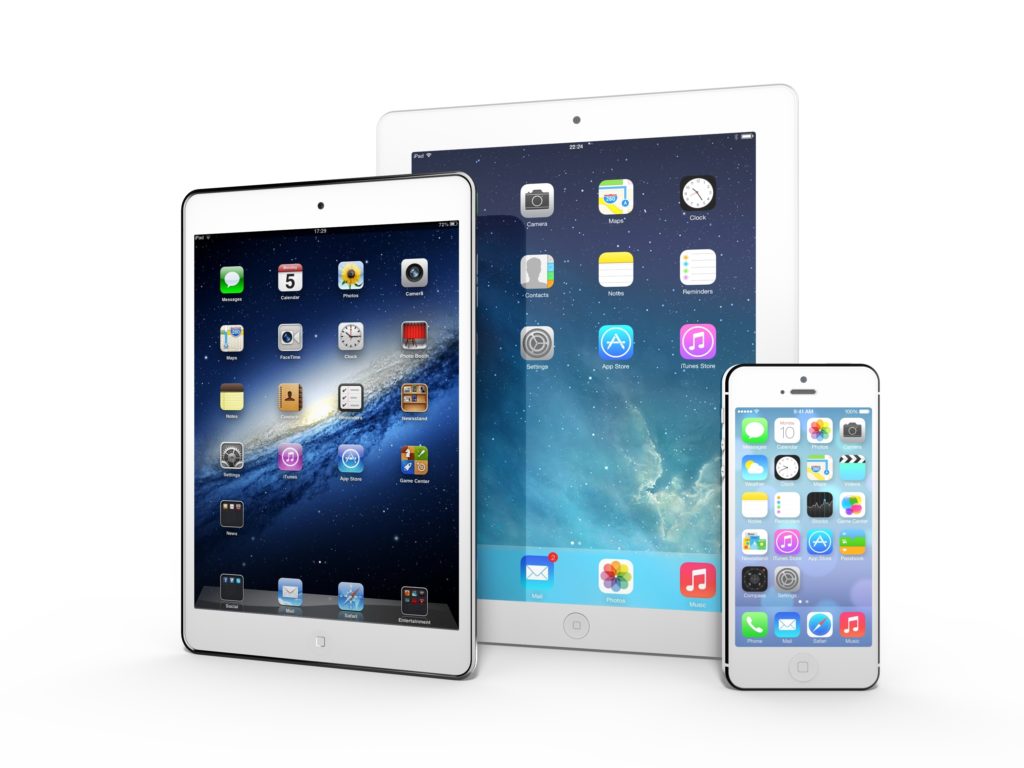The need to communicate with each other is core to the fabric of being human and is a fundamental driver of our continued evolution. Dating back to the beginnings of civilization where cavemen used drawings within caves, communications have not only changed in form and function but also its ability to reach longer distances. The smoke signal was one of the first examples of long distance communication, then came the use of carrier pigeons to carry handwritten notes across cities. Once we entered the industrial era, we introduced more advanced forms of communications such as the telegraph which allowed us to communicate via morse code and the telephone which introduced voice communications across long distances.
These innovations in prior generations have laid the groundwork for landmark inventions such as the telephone, the internet, and more — all of which have also served as technological breakthroughs. And this rate of change is only getting faster as we make leaps and bounds in technological advancements. So what were the most significant forms of communications and how has it changed since the 1900’s? Keep reading to find out:
1900: The telephone
There were major technological breakthroughs in the late 1800’s such as morse code, by way of the telegraph, that carried over into the beginning of the next century. However, none was more revolutionary than the telephone, invented in 1876 by Alexander Graham Bell, which was really hitting its stride as both a highly utilized communications tool both personally, as well as in business and government.
1910: Birth of radio
Early forms of the radio was also a major technology that allowed for the transmission of voice and music. The birth of radio actually occurred in 1905 with the very first over-the-air broadcast of an Italian opera taking place on January 12, 1910. The radio still stands today as the most influential invention that revolutionized communication — going beyond simply human to human interactions to the ability to share music and news around the world.
1920: The rise of the radio
The radio, telephone, and television spawned what would be known as the era of mass communications. However, many households still could not afford any of their own. The most common form of communications was still the humble newspaper. What kept the newsletter in the mainstream was the fact that it was cost effective at only two cents a copy!

1930: Radio goes mainstream
When the stock market crashed in 1929, we entered the great depression which was the worst economic downturn in the history of the industrialized world. During this era, the radio continued to serve as the main communication device in this time period as radio ownership rose from 12 million to 28 million. Other forms of communication such as newspapers and mail were still commonplace, especially as the economic downturn took its toll on a family’s finances.
1940: Public telephone
In the 1940’s, much of what was invented years earlier would finally reach the mainstream. For example, the first public telephone came out in the 1940s — improving and making communication more efficient. The television also picked up steam as families across the US began buying them to watch programs and follow the news from broadcasting companies like NBC and CBS.
1950: Radios enter the car
Although the 1950’s were known as the “golden age of television” referring to the proliferation of original programs produced for live television during the post war years, the radio was still very much the primary source of information for the majority of America and people around the world. It was in this decade that auto manufacturers began installing radios into their cars so people could listen to music and the news while they drove. Advancements around the telephone continued as well with the invention of the answering machine by Bell Laboratories which allowed people to record phone messages when they weren’t home.

1960: Satellite communications
The 1960’s introduced two hugely critical innovations in global communications with the introduction of satellite technology and the beginning of the computer network. Satellite communications allowed people to receive weather updates and access more channels on their televisions. In fact, it was in 1969 when 500 million television viewers worldwide watched Neil Armstrong’s first steps on the moon via satellite. The computer network is undoubtedly the most impactful invention in the 20th century, with ARPANET the precursor to the Internet, coming to fruition in 1969 as a military-led initiative.
1970: Birth of the internet
Over the mid 20th century, the growth of television as a family staple continued to rise at a rapid clip from 4 million households to nearly 60 million households by the start of the 1970s. As everyone began to enjoy watching television in color, there were advancements in computer technology with the introduction of the Internet and later the creation of email in 1972 as a means to send messages from computer to computer. Many say that email is the most important application of the Internet and the most widely used tool today.
1980: Cordless phones and pagers
As the Internet continued to mature into what it is today, the telephone continued to improve by leveraging analog cellular technology resulting in the car phone. These car phones were large and bulky, with the handset connected to the receiver via a cord — eliminating the need to be stationary when making calls. Another noteworthy invention in the personal communication space was the pager which allowed for one-way messages to be sent.

1990: The World Wide Web
The 1990’s was the beginning of “the digital world.” The Internet was spreading like wildfire, with nearly 50 million people exploring the World Wide Web, and born out of the Internet was instant messaging. Mobile cellular phones (not attached to your car) were becoming increasingly mobile, the 56K modem was created to facilitate access to the Internet, and SMS (short message service) or text messages were used for the first time in 1992.
2000: Smart phones and tablets
Enter the 21st century with the introduction of what might be the most disruptive and groundbreaking gadget of all time: The iPhone — a touchscreen mobile phone with an iPod, camera and Web-browsing capabilities, among other features all in a single mobile device. Little did anyone know how the iPhone would literally take over the world. Another revolutionary invention was the introduction of Facebook which gave birth to social media in 2004. In fact, it has become so much a part of people’s lives that you can learn their life story just by checking their page.

2010: Social media
Today, the use of technology to both communicate and consume information is ubiquitous. Here are some fun facts: 74% of adults use the Internet, 85% own a cell phone, and 46% use social networks. This convergence of mobile technology, the Internet, and the explosive growth of social media has led to new forms of communication on social networking sites like Facebook which has nearly 2 billion monthly active users, professional networks like LinkedIn with 500 million users, Q&A forums like Quora which boasts over 100 million users, and photo sharing platforms like Instagram with over 400 million active users.
Also, the line between software and hardware has official been erased with the advent of smart devices which have been weaved into every facet of our daily lives from our smartphones to the various devices you convert your home into a smart home that collects interaction data to learn how to make your life that much easier.
What’s in store for the future? With the growing popularity and innovations in the realm of Virtual Reality, one area where communications may move into is the world of augmented reality where you can see the world with a technological overlay. Google Glass was one of the early steps in this direction. As we move forward, it’s clear that our ability to communicate with one another will be dependent on the new technologies hitting the market. With the move into a truly connected world, communications will move beyond human to human dialogue to human to machine communications (think Apple Siri) and even machine to machine communications. Whichever way it goes, future generations will look back and come to admire the advances that we made these past few decades and how they make the future of communications possible.

You must be logged in to post a comment.